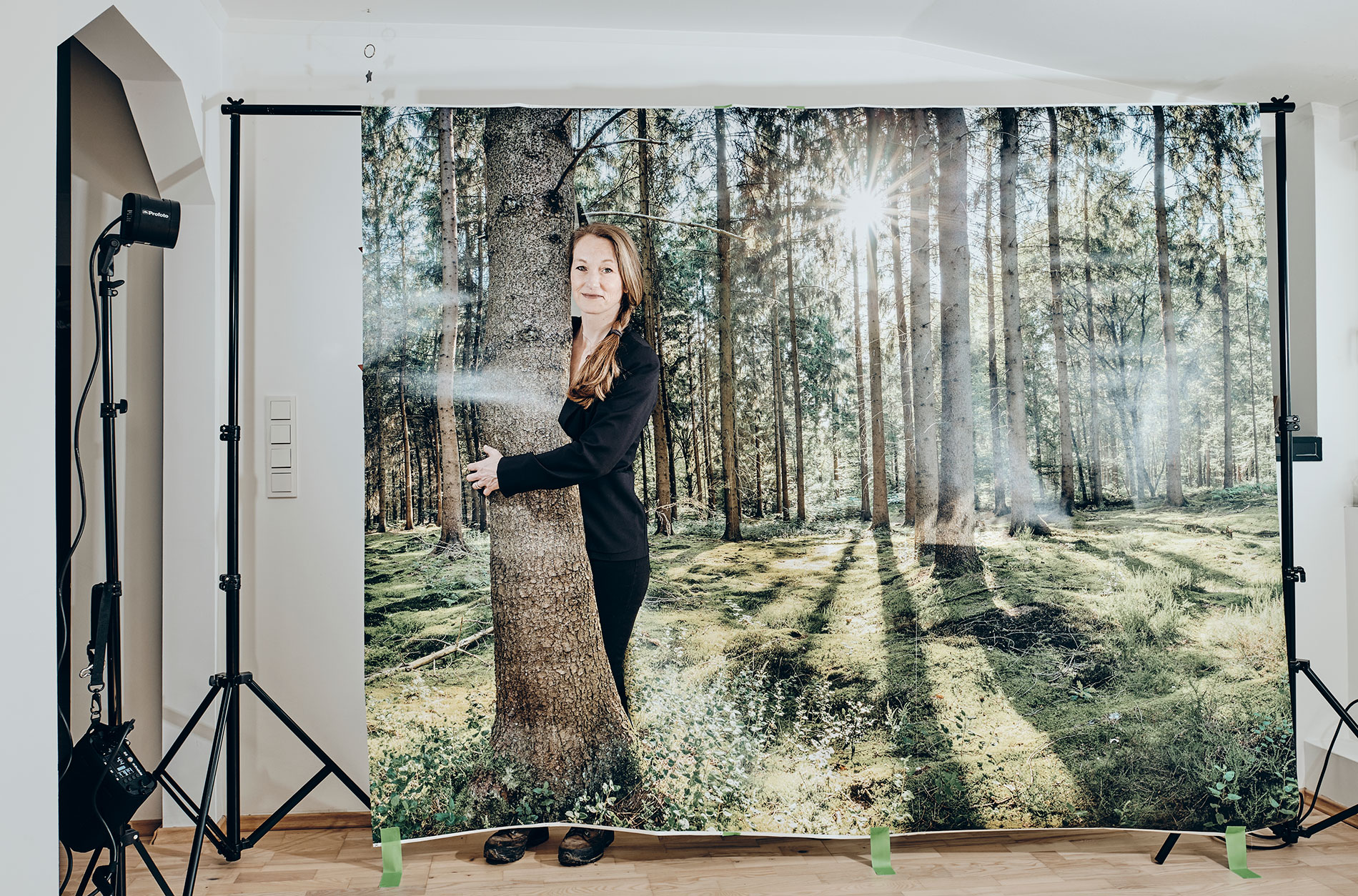Cooling heating islands

2020 was the hottest year in Europe on record. Especially in the cities, so-called heat islands are a cause for concern: Heat-retaining building materials, dark facades and roof surfaces, as well as sealed surfaces, cause a temperature rise of up to ten degrees Celsius. “While a deep red facade can reach 80 degrees Celsius when the sun shines, a yellow facade heats up to only around 65 degrees Celsius”, explains Dr. Susanne Bieker from Fraunhofer ISI. “There are now facade paints with special additives that are better able to reflect thermal radiation, ensuring that buildings do not heat up too much during the summer months. And an innovative new paint with an admixture of calcium carbonate even promises a cooling effect.” Generally speaking, the approaches applied to eradicate heat islands resemble those used tocan be felt even inside the building: A ground-based green facade, for example, reduces the surface temperature of the interior walls by up to 1.7 degrees Celsius.